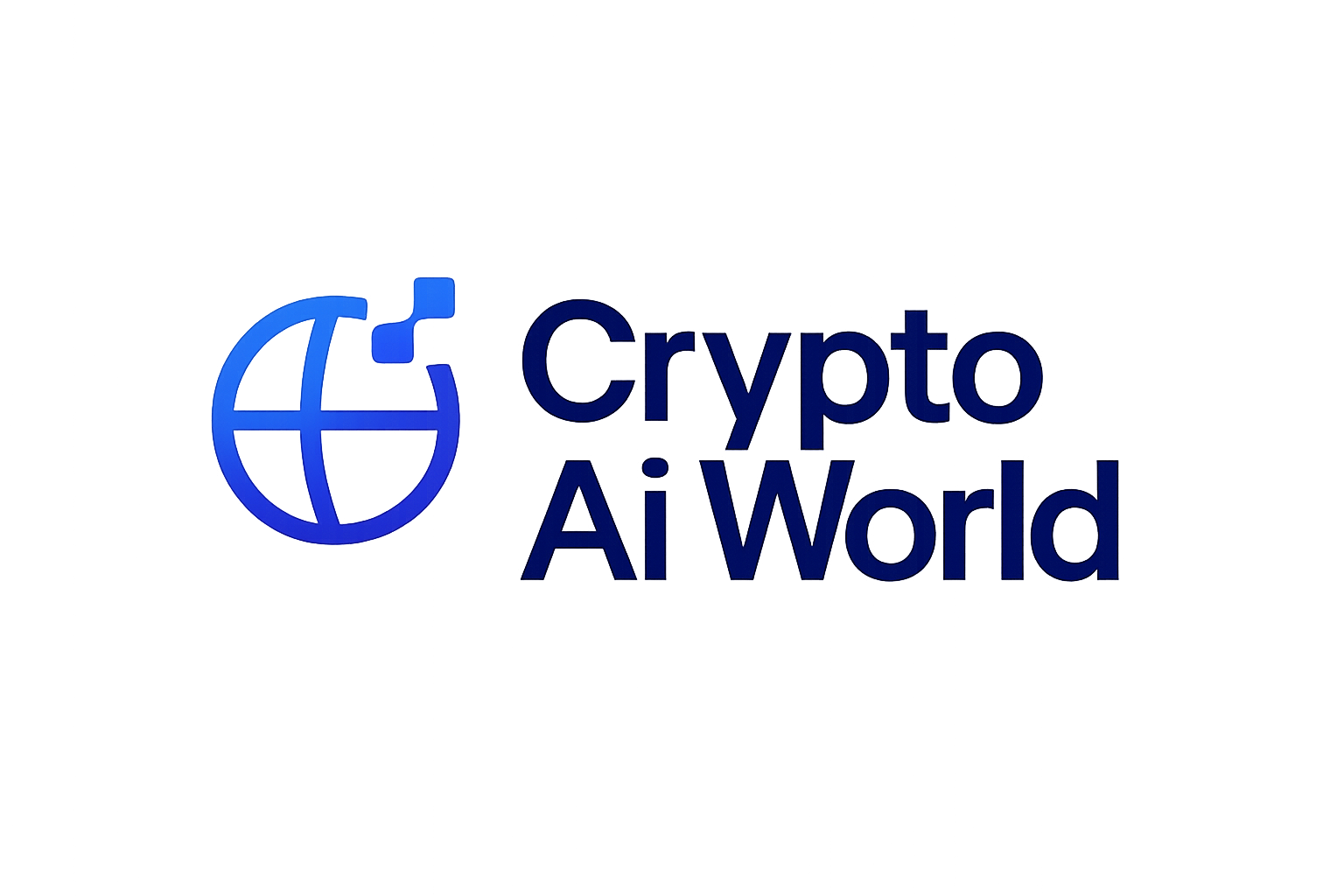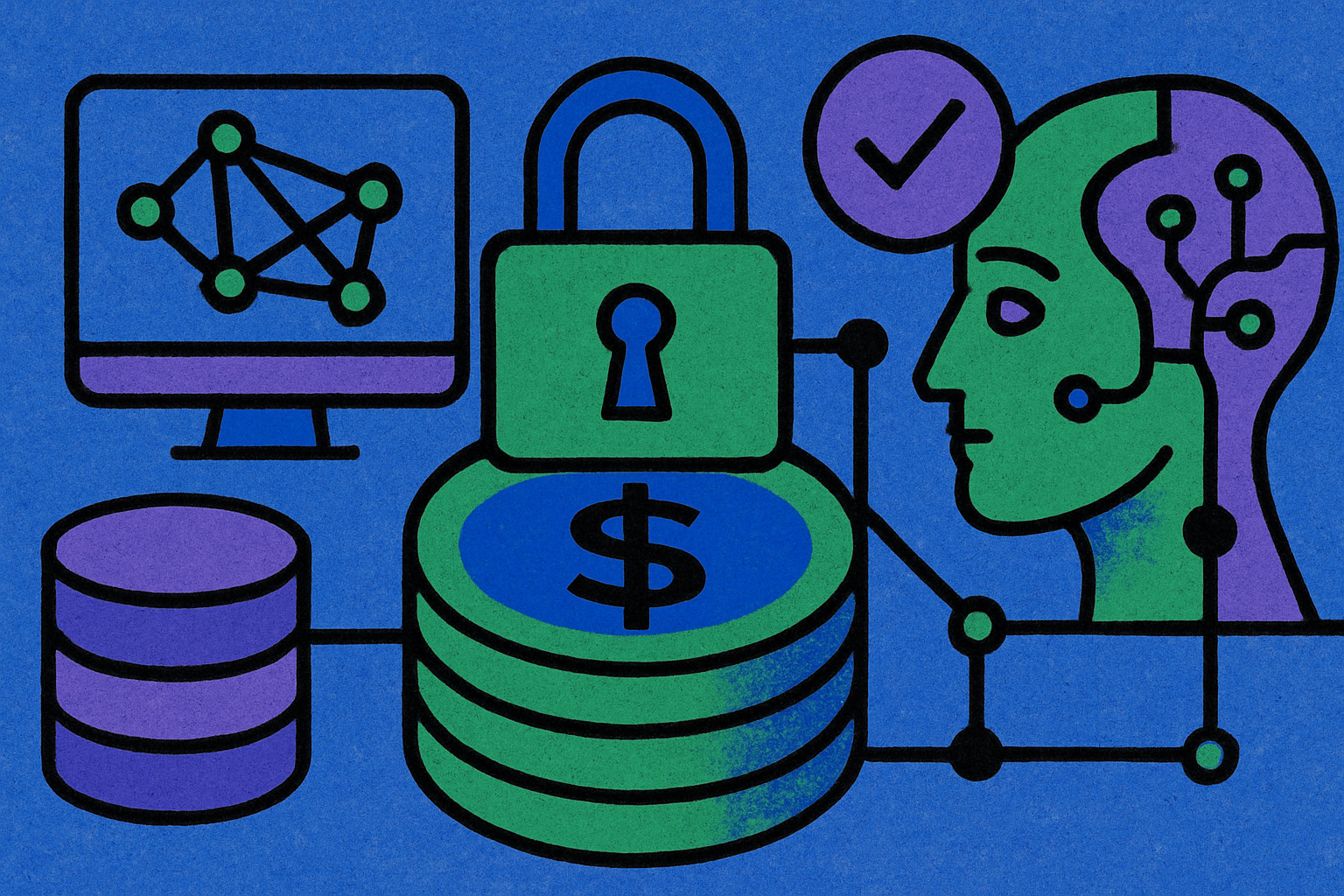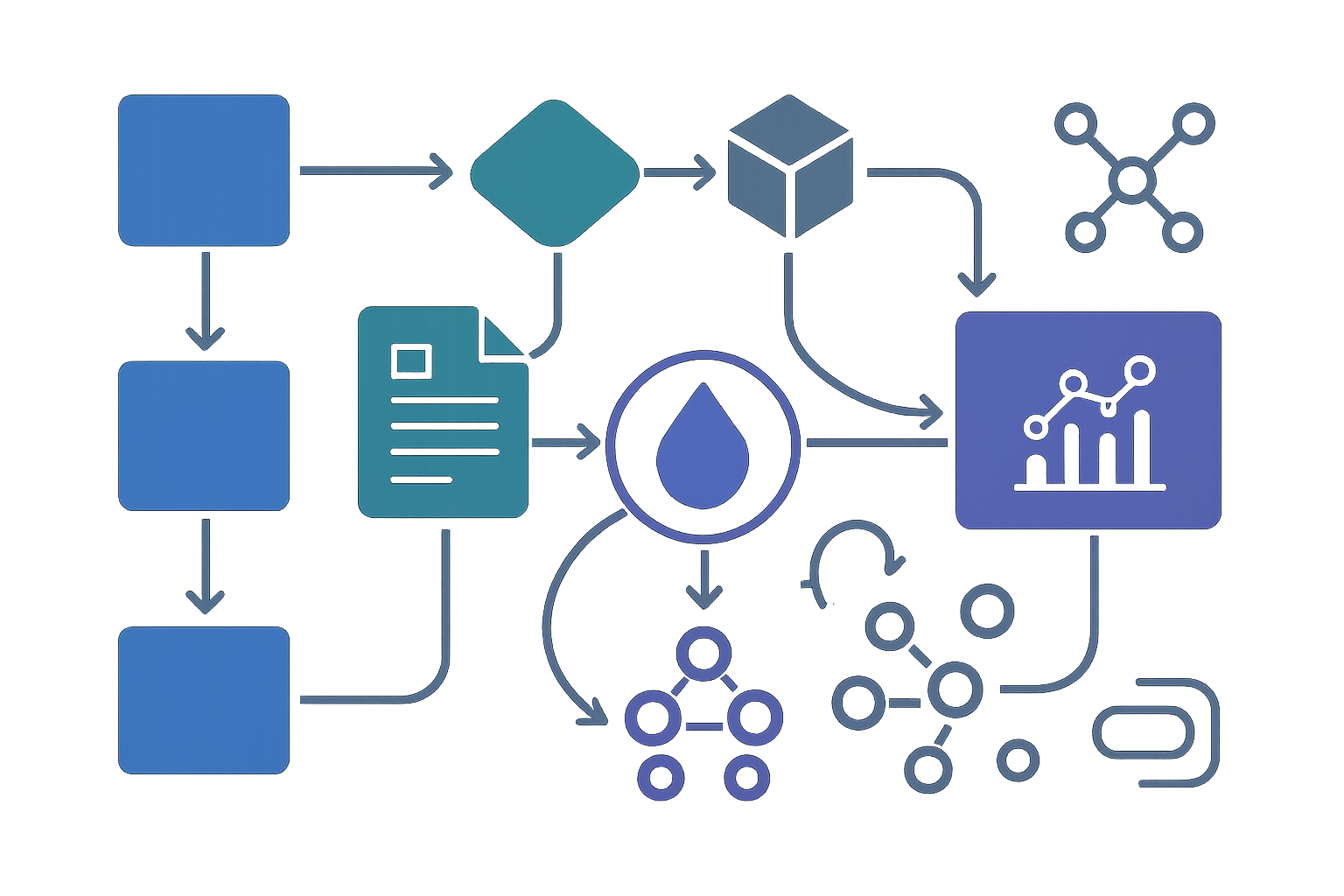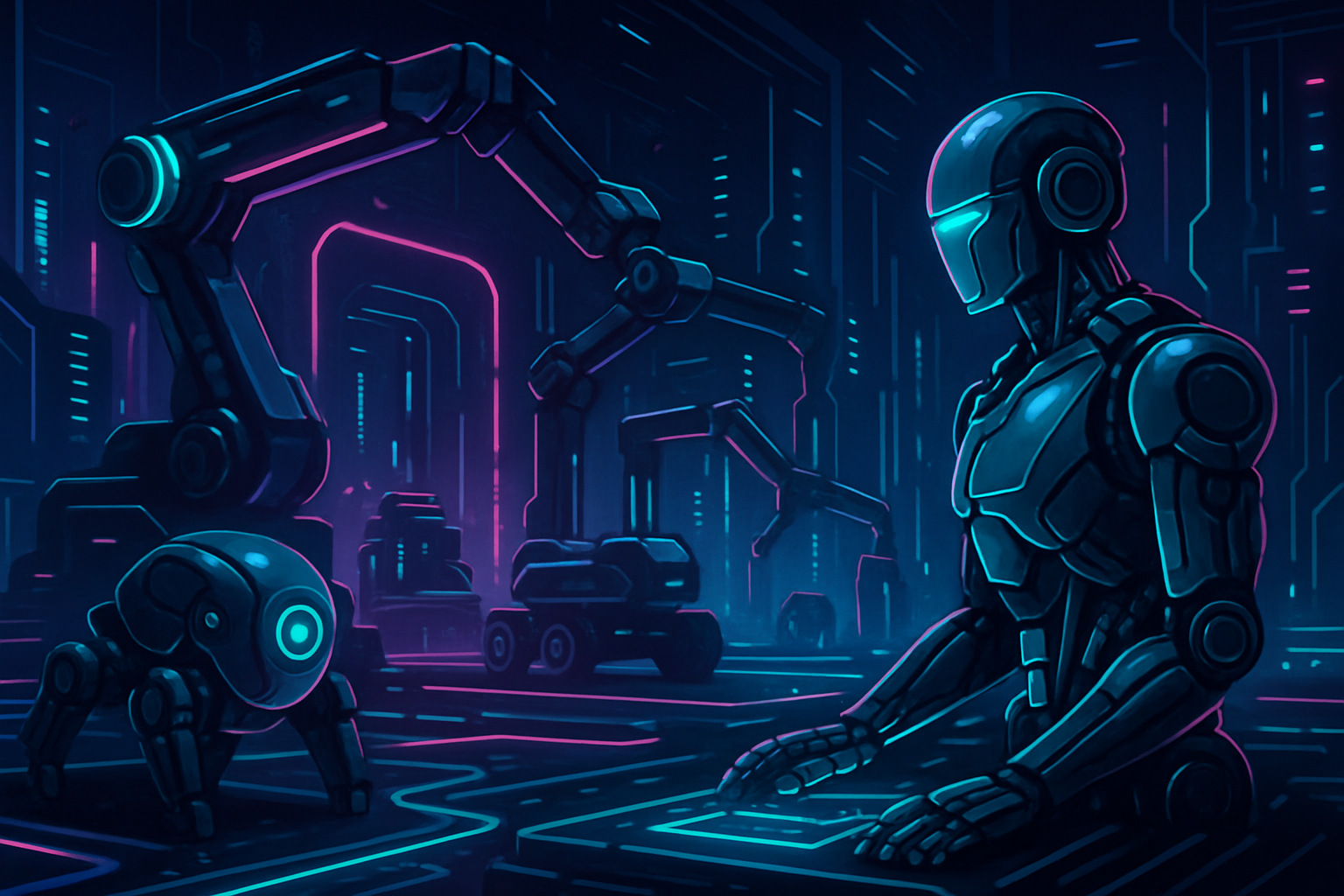
Decentralized Physical Infrastructure Networks (DePIN) are rapidly redefining the landscape for robotics, offering a transformative approach to how machines interact, transact, and evolve within the intelligent machine economy. As DePIN projects like Robo. ai’s collaboration with Arkreen demonstrate, the integration of Web3 technologies and blockchain-backed AI compute is not just a theoretical exercise, it is actively shaping new paradigms in asset tokenization, autonomous coordination, and decentralized value creation. Yet, this progress is not without its technical and operational bottlenecks.

Core Infrastructure Bottlenecks in DePIN Robotics
The promise of DePIN robotics infrastructure hinges on overcoming several critical challenges that currently constrain scalability and commercial deployment:
- Data Acquisition Complexity: Embodied AI systems demand vast amounts of real-world interaction data to train robust models. However, high-quality human-operated data remains expensive, while synthetic or video-based data lacks vital physical feedback loops. Standardized data collection protocols are still nascent, slowing progress across use cases such as autonomous vehicles and warehouse automation. (panewslab.com)
- Autonomy Thresholds: Attaining near-perfect autonomy (e. g. , 99.99% reliability) is exponentially more difficult than reaching basic operational benchmarks. The slow march toward full autonomy in sectors like self-driving cars exemplifies these hurdles, where even minor edge cases can lead to catastrophic failures or regulatory setbacks.
- Hardware Limitations: Most current-generation robots lack essential tactile sensors or efficient actuators needed for nuanced decision-making and manipulation tasks. Bridging this gap requires sustained R and D investment and iterative hardware-software co-design.
- Network Scalability: As robot networks expand globally, issues around congestion, latency, and uneven distribution become acute. Inefficient routing increases transaction costs and degrades real-time performance, problems that Layer 2 scaling solutions are only beginning to address (panewslab.com).
- Security and Privacy Risks: Decentralized architectures broaden attack surfaces. Ensuring compliance with frameworks like GDPR or CCPA adds further complexity to data governance, an area where many early-stage DePIN projects remain vulnerable.
- Regulatory Fragmentation: With DePIN robotics infrastructure spanning multiple jurisdictions, inconsistent policies can disrupt operations overnight. Navigating this patchwork demands agile compliance strategies and proactive engagement with regulators.
The Machine Economy: DePIN’s Role in Autonomous Value Creation
The vision for a decentralized machine economy centers on machines acting as economic agents, contributing resources, executing transactions, and earning rewards autonomously via smart contracts. Key players like Robo. ai are pushing this frontier through strategic investments in platforms such as Arkreen (roboticstomorrow.com). By leveraging DePIN robotics infrastructure, these projects enable real-time data contribution from fleets of robots while providing token incentives for participation.
This paradigm shift is further reinforced by networks like Peaq Network that connect vehicles, sensors, drones, and robots directly to programmable smart contracts, facilitating peer-to-peer transactions without centralized intermediaries (cache256.com). The result is an ecosystem where value flows seamlessly between machines based on predefined logic and market signals.
Key Technical Bottlenecks in DePIN-Enabled Robot Networks
-
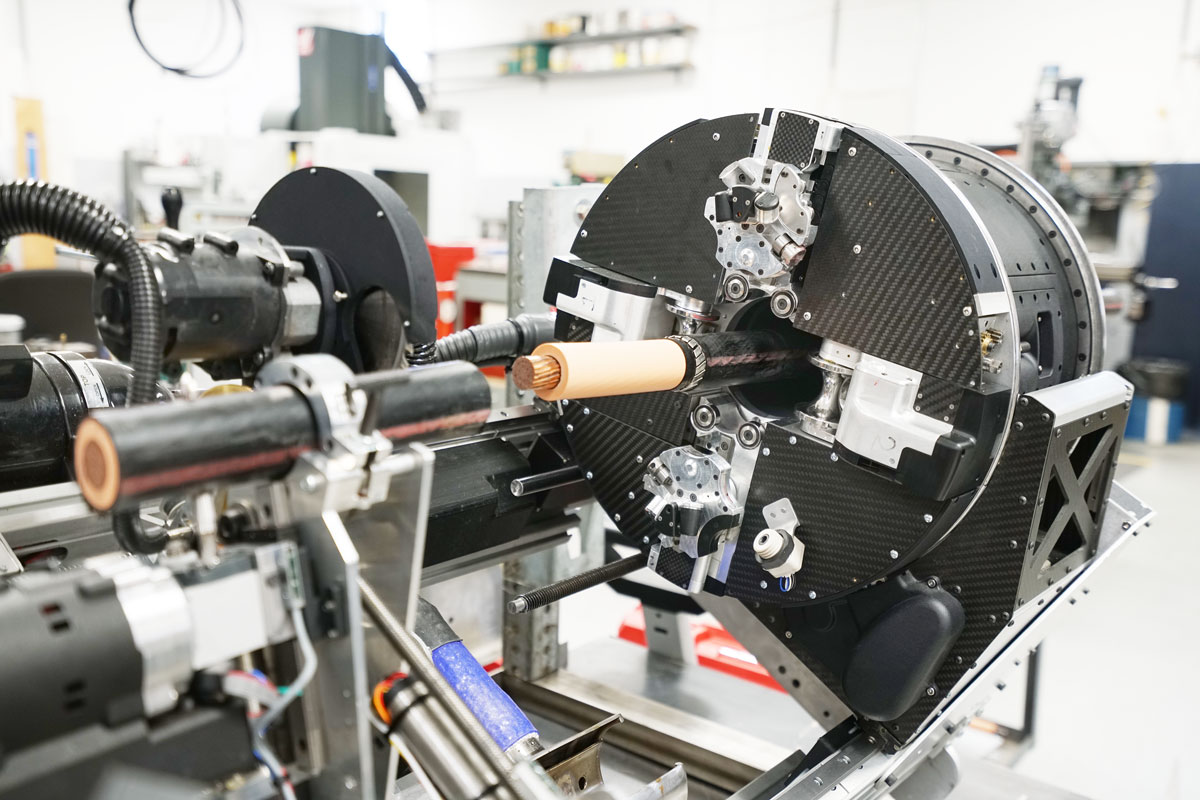
Data Acquisition Challenges: Embodied AI robots require extensive, high-quality real-world interaction data. Standardized, cost-effective collection methods are lacking, making scalable data acquisition difficult. Human-operated data is expensive, while synthetic and video-based data have limited applicability.
-
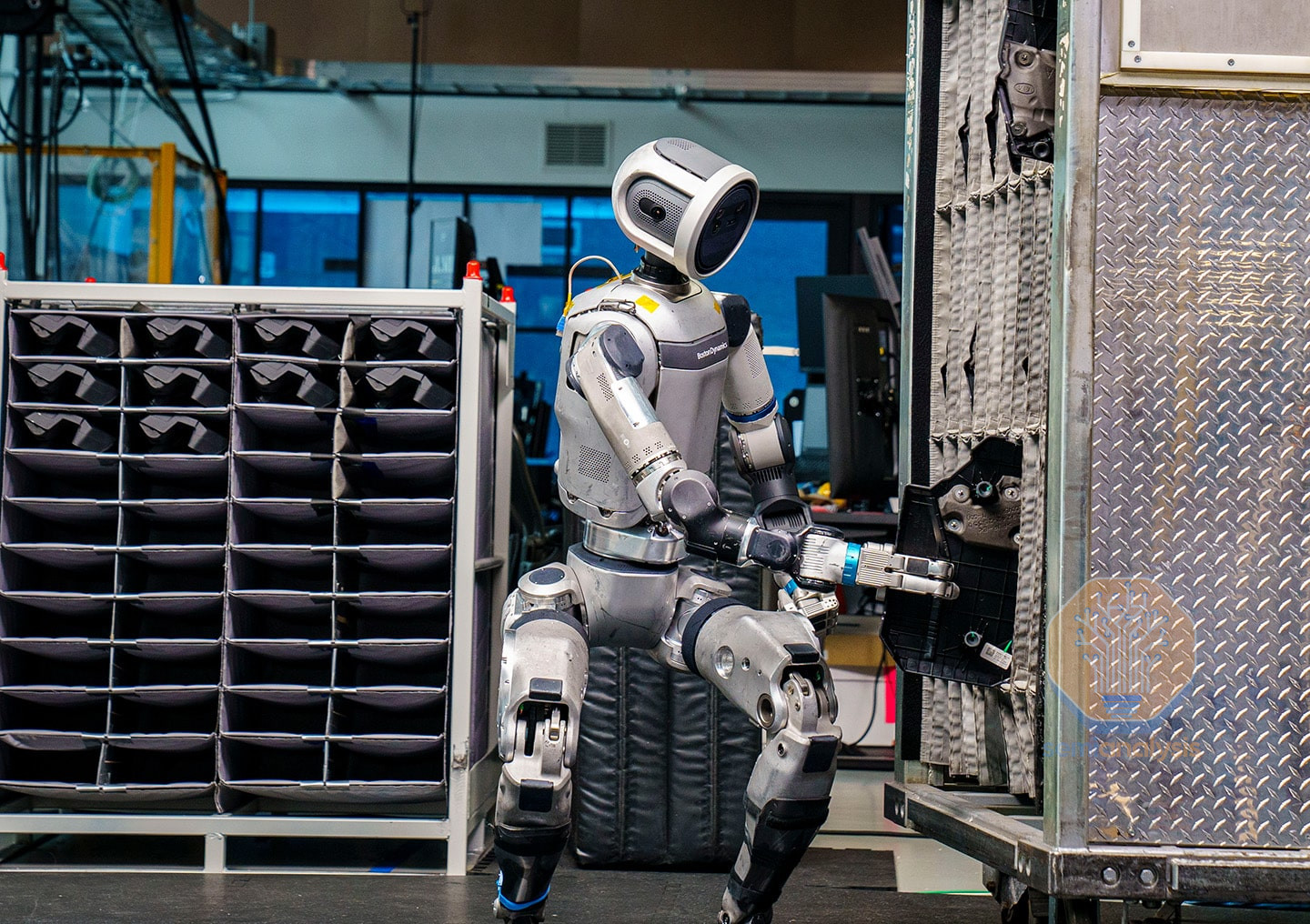
Achieving High Autonomy Levels: Commercial deployment demands near-perfect (99.99%) autonomy. However, progress remains slow due to the exponential complexity of edge-case handling, as seen in autonomous driving and manipulation tasks.
-
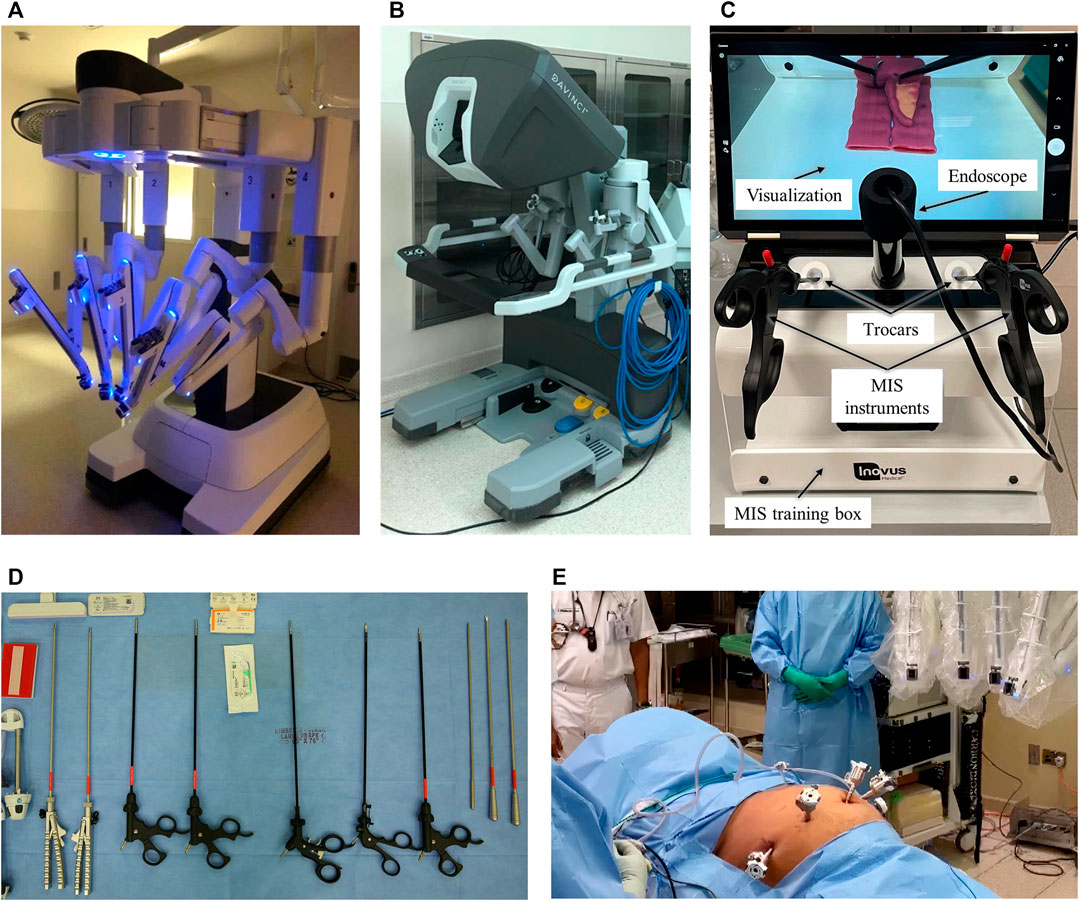
Hardware Limitations: Many current robots lack advanced tactile sensors and efficient actuators, restricting their ability to operate autonomously in diverse environments. Developing next-generation hardware requires significant R&D investment.
-
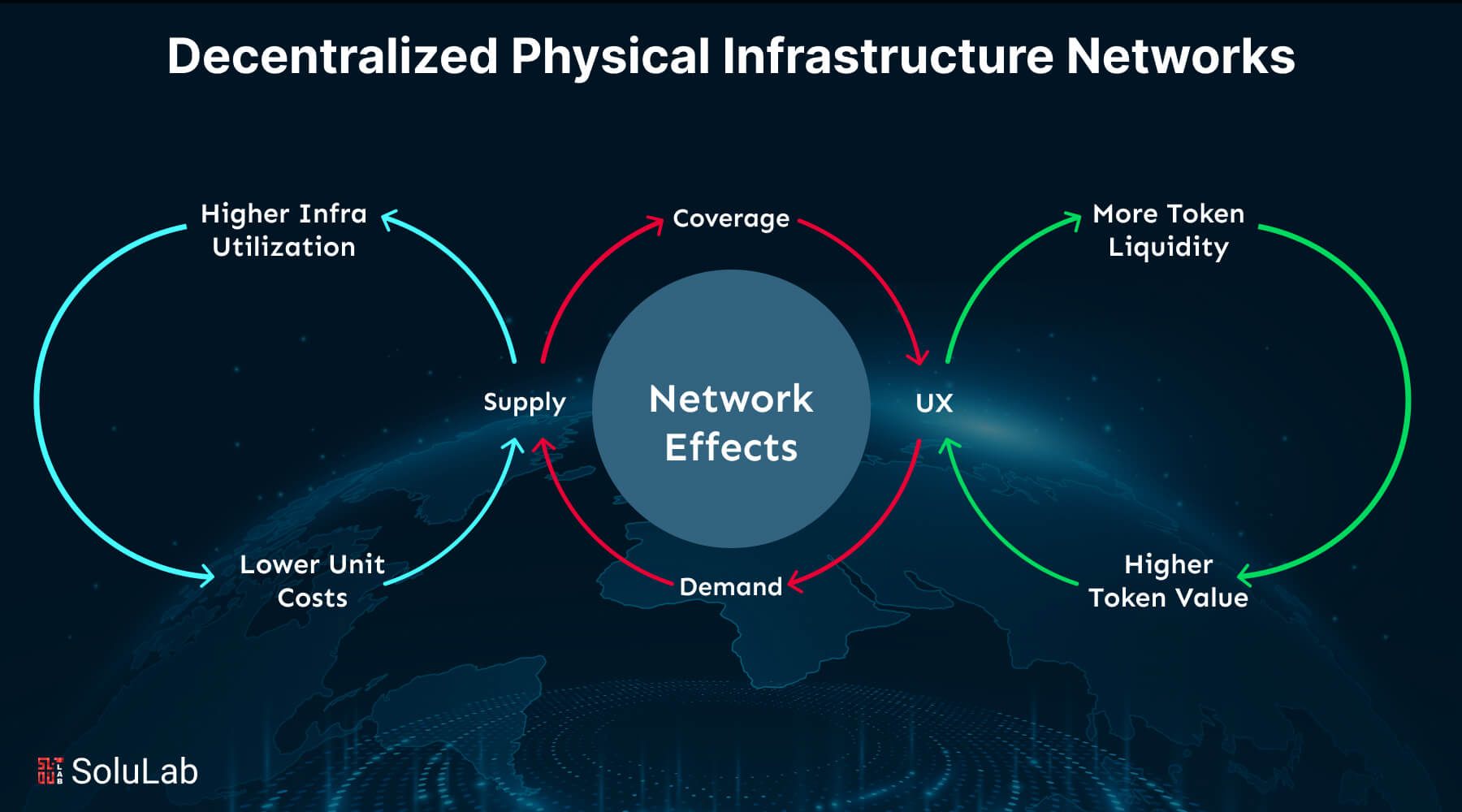
Network Scalability Constraints: As DePIN networks expand, they suffer from congestion, latency, and uneven geographic distribution. These issues lead to inefficiencies and higher transaction costs, necessitating solutions like optimized data routing and Layer 2 protocols.
-

Data Security and Privacy Risks: Decentralized networks increase attack surfaces, raising the risk of data breaches. Ensuring compliance with regulations such as GDPR and CCPA further complicates secure data management.
-
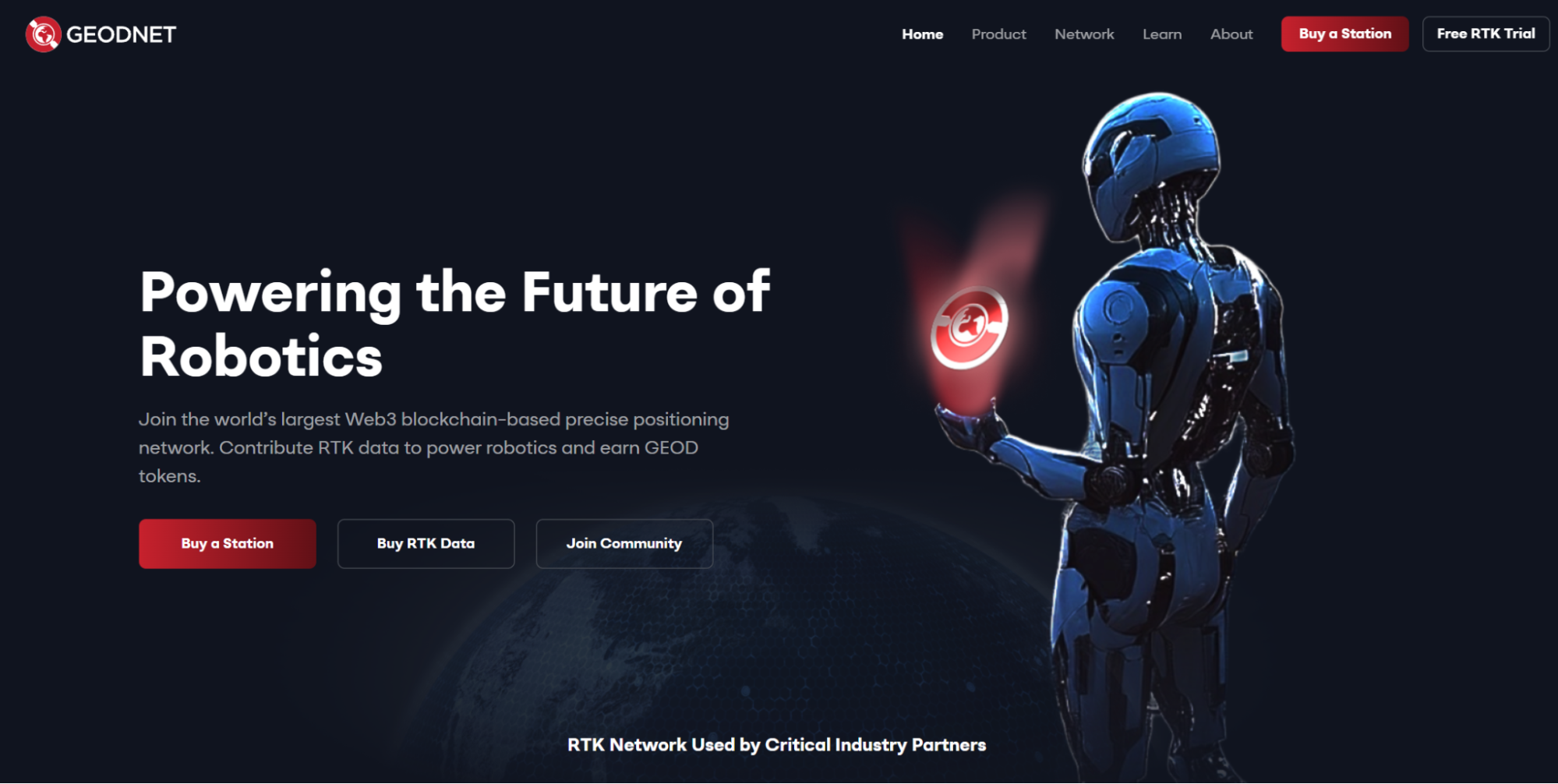
Regulatory Complexity: Operating across multiple jurisdictions exposes DePIN projects to inconsistent and rapidly changing regulations. This creates compliance challenges and may disrupt network operations.
Toward Community-Driven Robotics Infrastructure
A defining attribute of DePIN lies in its capacity to unlock dormant resources, compute cycles, sensor feeds, bandwidth, in a permissionless manner. This fosters community-driven development models that are more resilient than traditional centralized approaches. For instance, open access to compute or energy markets allows smaller stakeholders to participate in the robot economy alongside enterprise giants (gateway.fm). However, the path forward requires disciplined risk management across technical debt accruals, governance vulnerabilities, and capital allocation strategies.
Effective scaling of DePIN robotics infrastructure will depend on the ecosystem’s ability to mitigate these risks while maintaining incentives for both contributors and operators. The convergence of decentralized AI, robotics, and Web3 is accelerating new forms of machine-to-machine commerce, but demands robust solutions for interoperability, security, and governance. As highlighted in recent research on Decentralized Autonomous Machines (DAMs), the fusion of AI-driven autonomy with blockchain-backed trust models creates a foundation for self-sustaining automation economies. These systems can dynamically allocate resources, negotiate service contracts, and settle payments in real time, all without human intervention.
Strategic Alignment: Capital Flows and Ecosystem Incentives
Capital allocation is rapidly shifting toward projects that demonstrate tangible integration between DePIN networks and the broader machine economy. Investors are prioritizing platforms that can bridge real-world robotic assets with decentralized finance (DeFi) primitives, enabling programmable marketplaces for data, compute, maintenance services, or even robot-as-a-service offerings. This trend is exemplified by Robo. ai’s backing of Arkreen, which aims to tokenize both data streams and machine labor via blockchain-based incentives.
The strategic alignment between capital providers, network participants, and regulatory bodies will be pivotal. With regulatory environments in flux across key jurisdictions, DePIN projects must architect compliance into their core protocols while remaining agile enough to adapt to evolving policy landscapes. Projects that can transparently demonstrate auditability and data provenance will have a distinct advantage as institutional capital enters the space.
Technical Roadmap: Overcoming Next-Gen Bottlenecks
Solving the current bottlenecks in DePIN robotics infrastructure requires ongoing innovation at multiple layers:
Key Solutions Advancing DePIN Robotics Scalability & Security
-

Arkreen Network: Robo.ai’s investment in Arkreen is driving the integration of AI-powered robotics with DePIN infrastructure, enabling real-time data contribution and token-based incentives for machine participants.
-

Peaq Network: Peaq Network provides a decentralized platform for connecting robots, vehicles, and sensors directly to smart contracts, supporting autonomous machine transactions and scalable coordination.
-
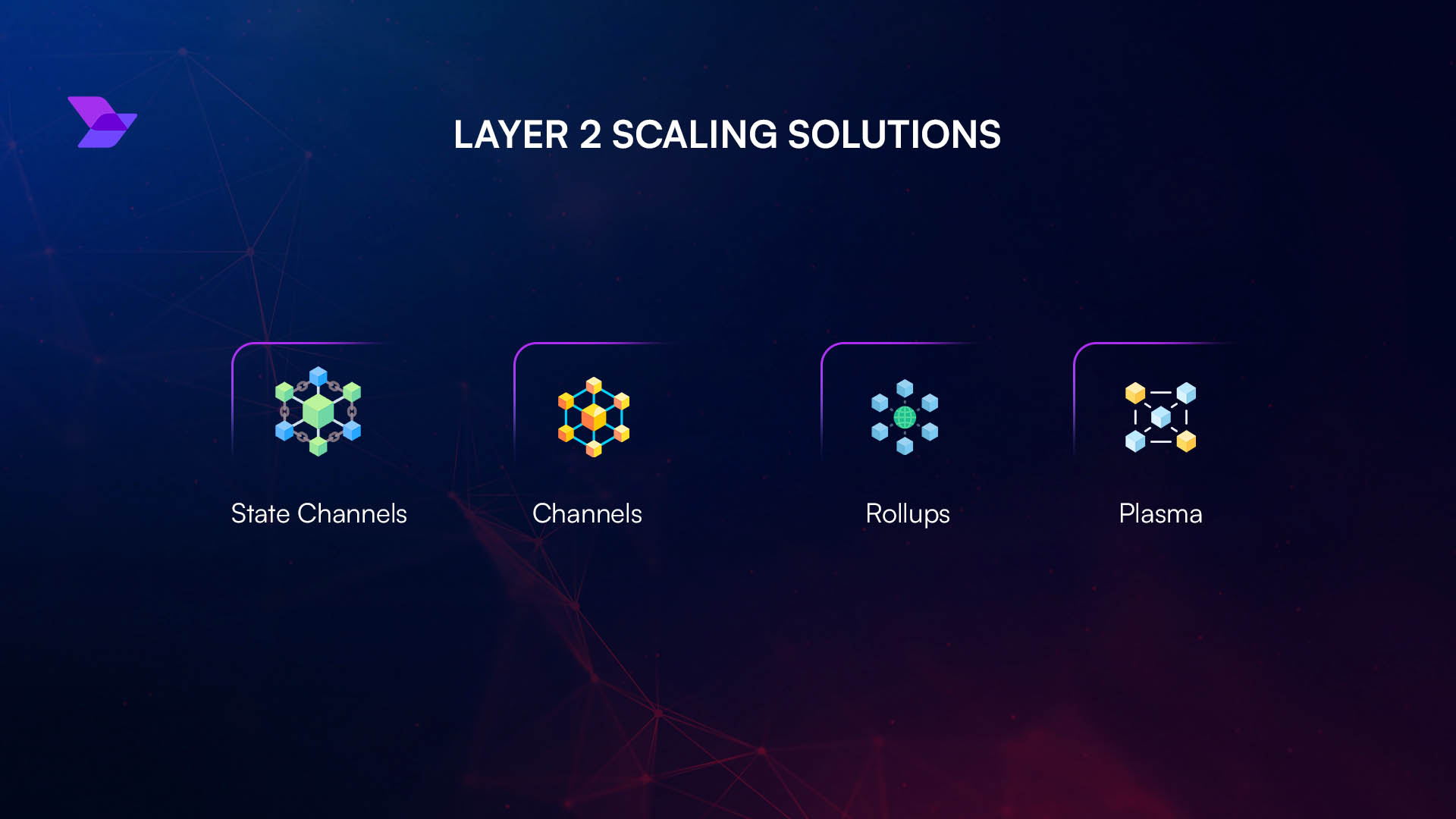
Layer 2 Scaling Solutions: DePIN projects are adopting Layer 2 protocols (e.g., rollups, sidechains) to address network congestion and latency, enabling higher throughput and reduced transaction costs as networks scale.
-
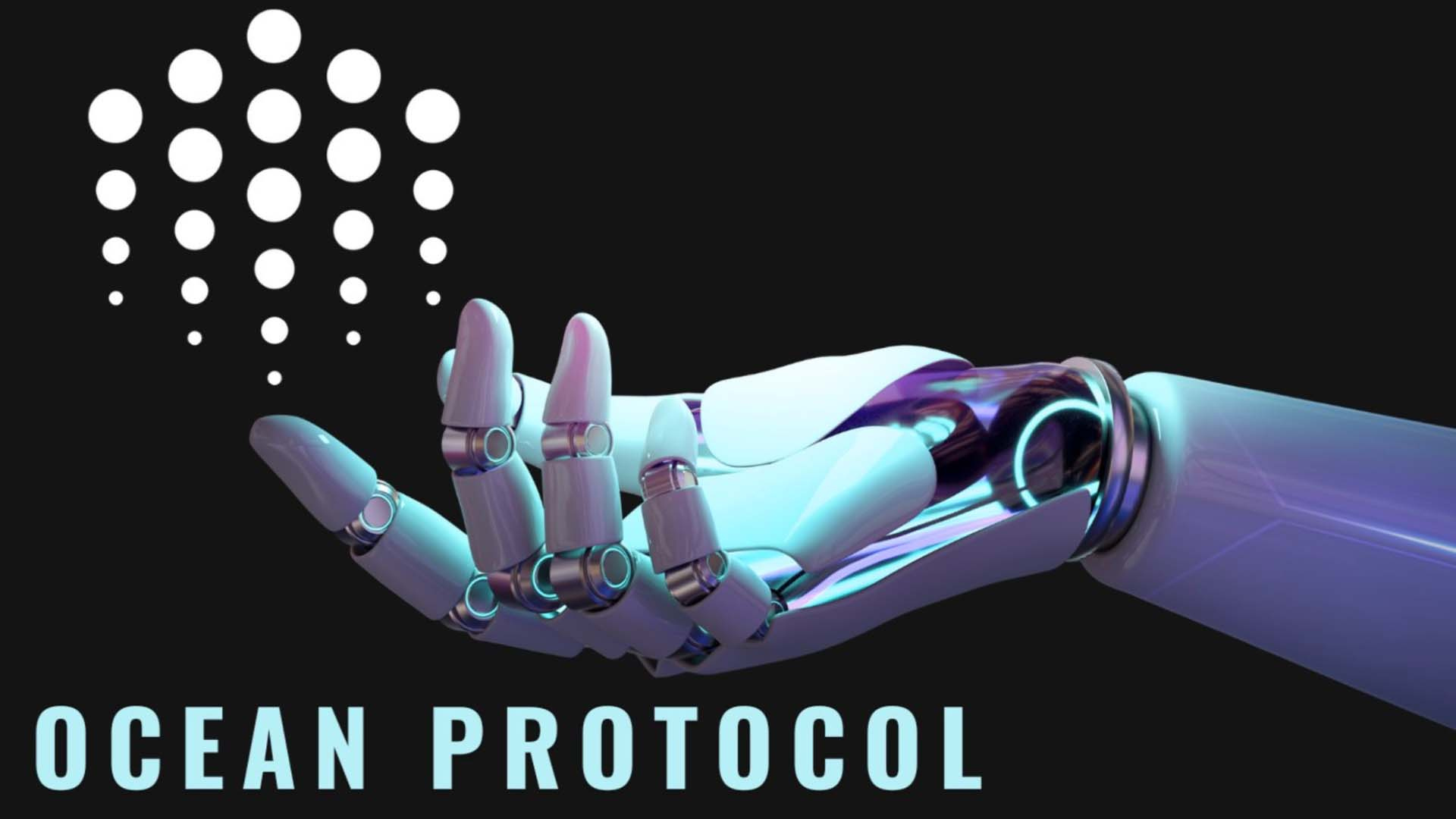
Decentralized Data Marketplaces: Platforms such as Ocean Protocol facilitate secure data sharing and monetization for robotics networks, leveraging decentralized mechanisms to enhance data privacy and compliance.
-
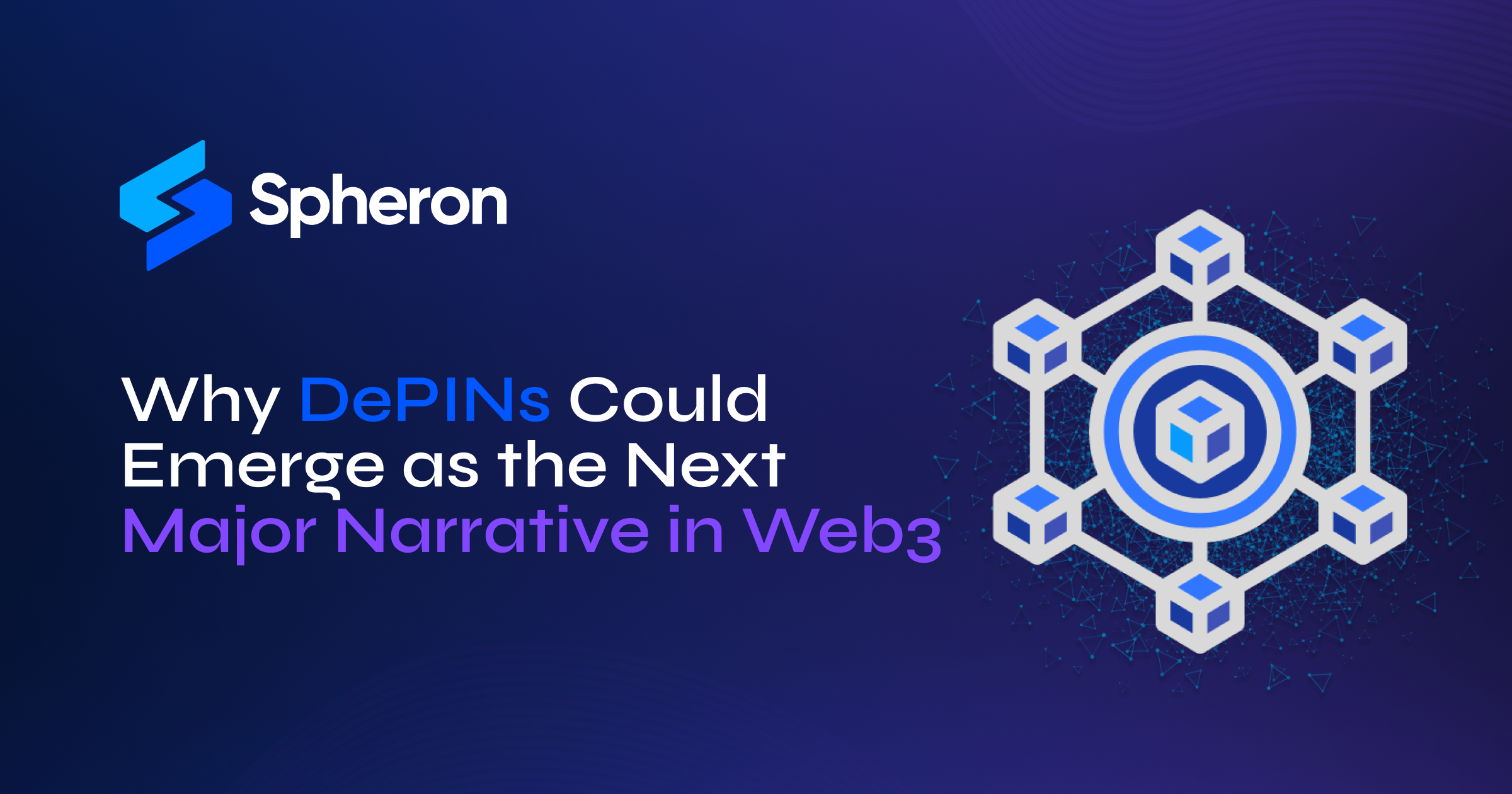
Community-Driven Resource Sharing: DePIN models like Gateway.fm unlock unused computing and connectivity resources through open, participatory frameworks, improving network robustness and democratizing access.
- Layer 2 Scaling: Adoption of Layer 2 protocols for faster settlement times and reduced congestion.
- Privacy-Preserving Computation: Integration of zero-knowledge proofs or differential privacy techniques to safeguard sensitive data.
- Interoperable Standards: Development of open protocols for cross-network communication between diverse robotic fleets.
- Tamper-Proof Oracles: Deployment of secure oracle networks to bridge off-chain sensor data with on-chain smart contracts.
The next phase will see greater collaboration between hardware manufacturers, protocol developers, and regulatory experts to ensure that advances in DePIN robotics infrastructure translate into commercially viable products. Open-source communities will play a critical role in stress-testing these systems under real-world conditions, a process that is essential for building trust at scale.
The Path Forward
The integration of DePIN within the machine economy is not simply an incremental upgrade, it represents a paradigm shift toward autonomous value creation by intelligent machines operating within trust-minimized networks. While technical bottlenecks remain formidable, ongoing investment from both public and private sectors signals strong conviction in this new architecture for robotic coordination.
As decentralized AI compute networks mature alongside advances in hardware autonomy and regulatory clarity, expect rapid acceleration in use cases ranging from industrial automation to peer-to-peer logistics. The winners will be those who combine disciplined risk management with open innovation, unlocking robust new markets at the intersection of AI, blockchain, and robotics.
